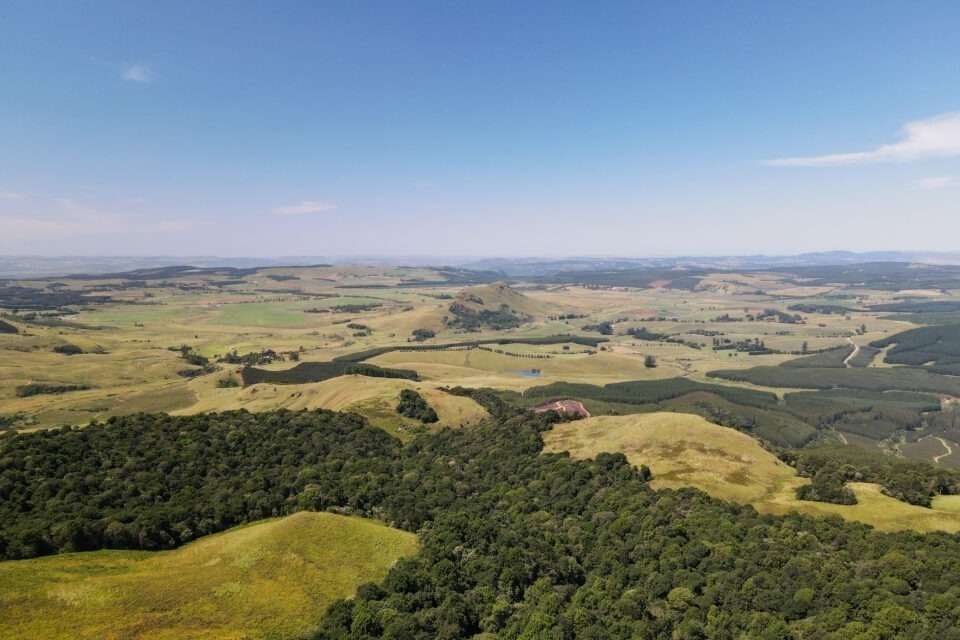Wood is the wonder fibre of the world. Multifunctional and renewable, when used sustainably, wood and its components are an indispensable part of the everyday life.
“Biotechnology and innovation are helping the forest product sector to use sustainably farmed trees in ways we never imagined possible,” says Jane Molony, executive director of the Paper Manufacturers Association of South Africa (PAMSA).
Wood is made up of cellulose, hemicellulose, lignin and an array of waxes, resins and sugars. The properties of these elements make them suitable ingredients in functional bio-products, not just in paper, cardboard, tissue or sawn timber.
Cosmetics
In cosmetics, the water-absorption capacity of cellulose enhances product texture, providing a smooth and creamy feel and thus a better application experience for the consumer. Cellulose can also be used as a film former in nail polish allowing for thin layer application, or an anti-caking agent for cosmetic foundations.
Textiles
Viscose, rayon and lyocell are three textiles that are made from a specialised form of cellulose. Also known as dissolving wood pulp, this purified form of cellulose is suitable for chemical conversion into a range of products – it is spun into textile fibres for use in fashion and decorating textiles, cast into a film or regenerated into a sponge.
VIDEO – Watch how dissolving wood pulp made
Vitamins and pharmaceuticals
Don’t let the name scare you but carboxymethyl cellulose or microcrystalline cellulose (MCC) is a fine, food-safe and versatile powder that is a proven filler and stabiliser in capsules and tablets, helping to bind active medicinal ingredients into a palatable form.
Animal feed
Lignin, the “glue” of the natural world, is often removed from the wood during the paper manufacturing process and recovered from spent pulping liquors. A great example of the bioeconomy, lignin is multifunctional and finds application in the agriculture sector. It binds the nutritive ingredients and additives in the production of compound animal feeds.
Sappi Southern Africa, a PAMSA member, recently achieved GMP+ Feed Safety Assurance (FSA) 2020 certification for Pelletin, one of its lignin-based products used as an additive in animal feed manufacturing.
Dust suppressants
Lignosulphonates are used in mining and road maintenance as a dust suppressant by binding the road surface particles together. Once sprayed onto the road, water evaporates from the lignosulphonate, and as it dries, the dust particles are trapped by the high-viscosity, naturally sticky material.
VIDEO – Take a look at how lignosulphonates are made.
Plasticiser for concrete
Lignosulphonates is common admixtures for concrete that acts as a water-reducer or plasticisers to improve the flow of concrete, slow down the setting time and reduce the amount of mixing water required.
Bio- oils and fertilisers
A potential substitute for diesel, bio-oils are obtained by heating wood waste in an oxygen-free environment, in a process known as pyrolysis. The solid product generated (bio-char) can be used as an enriched growing medium for seedlings or converted into high-grade activated carbon.
“Anything made from plastic or other fossil-fuel derived materials can be made from wood. By extracting more value from a tree, less goes to waste,” Molony says. “This opens our sector up to a world of innovation, and exciting career opportunities for young engineers.”
“Two key advantages that commercially farmed trees bring are their renewability and their carbon storage,” explains Molony.
Trees in plantations are essentially crops that are planted and replanted in rotations, with only about 9% of the total tree count being harvested in any given year. “This means that there are always trees growing, at different stages of maturity, and these trees are all absorbing carbon dioxide (CO2) and storing the carbon,” she says.
With trees capturing more carbon from the atmosphere than any other biome, they offer a means to mitigate the impact of climate change.





